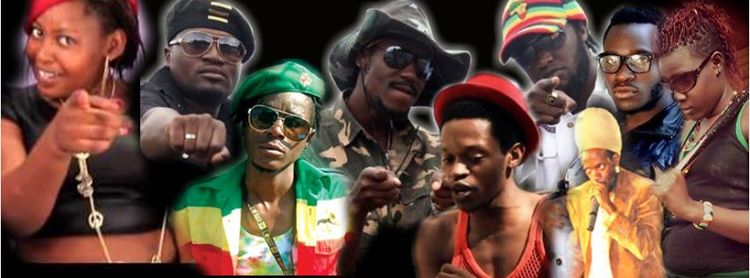By Andrew Moyo
It is arguably the only genre that has managed break the generational divide, receiving appreciation and scrutiny from both the young and mature.

From the classy uptown clubs of Harare to the bottle stores in rural Gokwe, Shurugwi or Checheche, the impact of this genre has been massive, hypnotising listeners and holding them captive.
With both negative and positive effects, Zim dancehall has not only left a mark on the entertainment front, but has lately been influencing local culture.
Many music fans across the globe view artistes as their role models and tend to mimic their lifestyles and habits.
Gone are the days when youth culture was significantly influenced by foreign icons, especially those from the west, as the Zim dancehall wave has brought with it our own local cultural sculptors.
From fashion trends to language modification, this new authority has been leading the way, with multitudes following through.
A visit to most of the high density suburbs of Harare, where the so called “ghetto yuts” reside, it would not be a surprise bumping into a group of teenagers wearing overalls labelled “Banditi” on the back, emulating the dress code popularised by Seh Calaz, who happens to be one of the most influential chanters on the Zim dancehall scene.
In previous years before this dancehall invasion, the majority of young people would be seen imitating the likes of US rapper 50 Cent or other popular artistes from abroad as our own local musicians were failing to set the trends.
Days after the King of the Dancehall gig in 2013, Soul Jah Love released a song titled “Chisutu Chegreen” in which he popularised the green coloured suit he was wearing during his performance.
During this period, Soul Jah Love aka Conquering Shumba, had amassed a huge following and some of his fans picked up the trend of wearing brightly coloured suits.
It has become fashionable to be seen wearing T-shirts, caps or bottoms labelled with taglines from one’s favourite Zim dancehall artiste or stable.
Some of the more enterprising individuals in the industry have taken it a step further to seriously market their branded merchandise, exemplified by Body Slam Records boss Simba Chakare, who went on to open a shop in the capital, which sells Body Slam branded merchandise. Zim dancehall lingo has gone on to filter into day to day speech and some of the words have become normal ways of expression.
Phrases and words like “pakaipa mheni”, “hauite hauite”, “cheka masettings”, “chibabababa”, “hot property”, “isu hatiite zvema group” and many others are thrown into conversations every now and then.
The Zim dancehall wave has also brought with it a creative generation of youngsters who have been formulating original dance routines as well as modifying old ones to suit the tempo of the genre.
The most notable are the clarks which have become the standard dance routine for the genre, with numerous modifications being introduced by the minute.
The effects of Zim dancehall, however, have not always been in the positive side and the genre has come under attack from several sections of society for one reason or the other. The artistes have been blasted for their lyrical content, which is said to incite violence, preach sexually suggestive messages and encourage drug abuse among other accusations.
With several music camps in existence with the more dominant ones being “Mabanditi”, “Conquering Family”, “Ninjas” and “HKD”, the factionalism has also spread to the fans.
Zim dancehall fans have developed a culture of sabotaging artistes from camps they do not support, in most cases throwing cans on stage during performances.
Negative or positive – Zim dancehall has altered most Zimbabweans’ way of life.
The question, however, among most music lovers is that of its survival. How long will this genre last? The Sunday Mail






